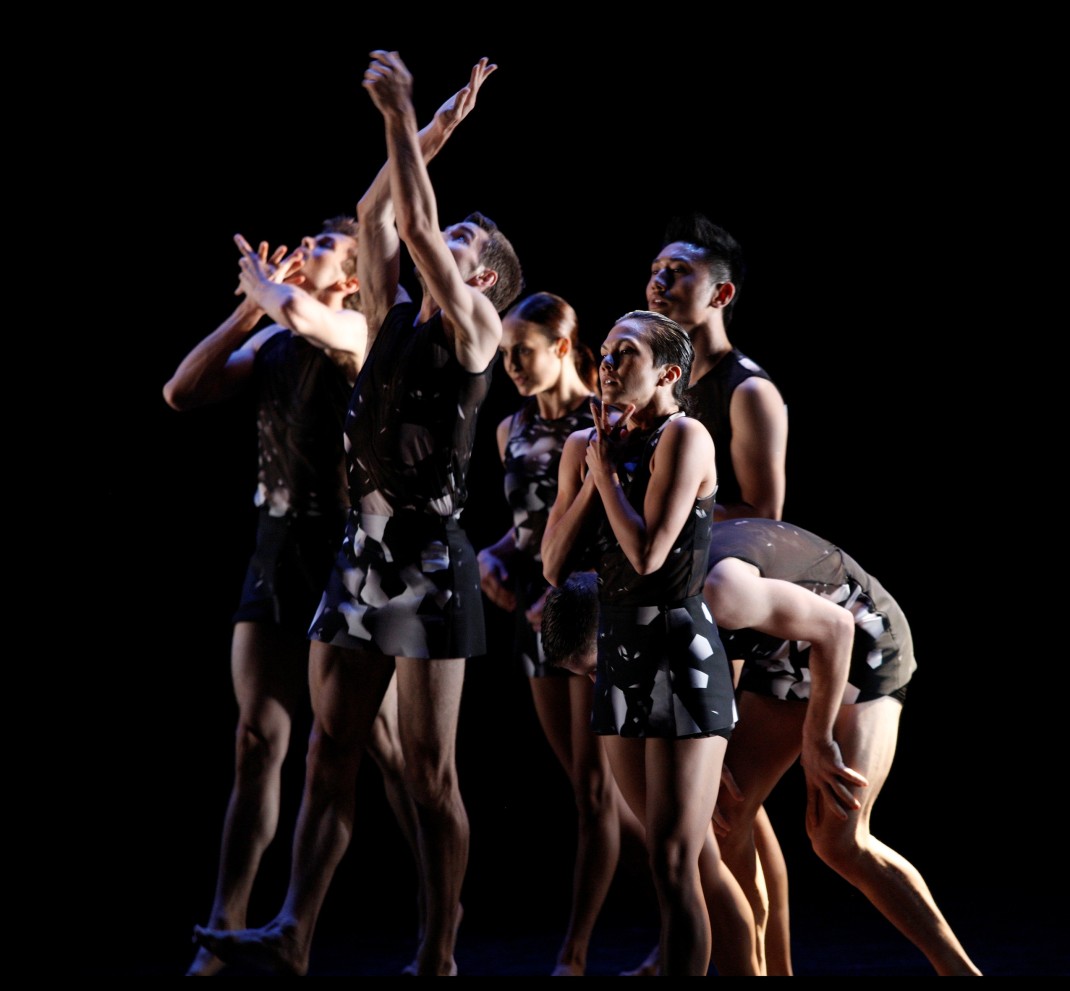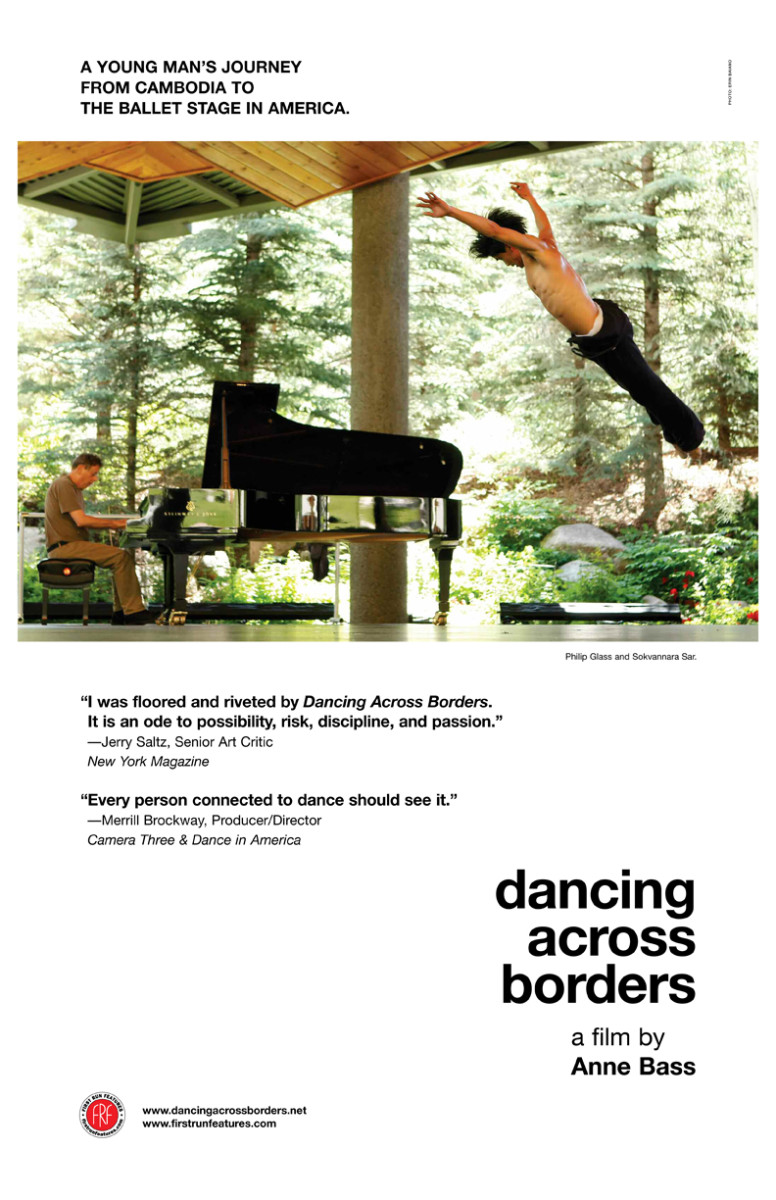Elsewhere on this website I made a comment that referred to Graeme Murphy’s The Silver Rose, which I saw just recently towards the end of its Sydney season by the Australian Ballet. My comment was in response to what I thought was an excellent argument about the new magazine Fjord Review, which also brought up other issues relating to leadership and marketing of dance and dancers and in particular to perceived problems with Australian Ballet dancers ‘nailing the right atmosphere’ in their performances. My comment in its turn generated another comment picking up on The Silver Rose. All the comments are available at this link but I am reposting the last one below.
- I was hoping Michelle would open a thread about The Silver Rose. I seem to be in a minority in thinking that Murphy acquitted himself well in the enormous task he set himself and his designer in taking on a danced version of Der Rosenkavalier.
Well, I was very disappointed with The Silver Rose. I thought the final trio for the Marschallin, Sophie and Octavian was brilliantly choreographed and well performed by Danielle Rowe, Amber Scott and Luke Ingham. It was a moment of nostalgia and in true Murphy fashion all the yearning, wistfulness and regret contained in that particular emotion came through in the choreography. But, there wasn’t all that much else in it for me. The first act, which had to establish the characters, cried out for words or surtitles or program notes that lit up in the dark, anything. The complications of who was who just couldn’t be established through choreographic means. I also found the pantomime of the hairdresser, couturier and make-up artist so over the top that it made me cringe. Personally I like my pantomime to be a little more subtle, and I don’t think that’s a contradiction in terms.
But the point I was making in the comment posted earlier was that I didn’t think the dancers of the Australian Ballet, with a few exceptions, really got the feel of Murphy’s brand of choreography on this occasion. There were so many moments when they simply looked awkward. It reminded me of Carolyn Brown, that great, great Cunningham dancer from the mid decades of the twentieth century, who said that when the Cunningham company went to watch Cunningham’s equally great, great work Summerspace performed by New York City Ballet (in 1966) that they all sat in the auditorium and cried.
However, this post is now open for comments.
Michelle Potter, 26 April 2010.

